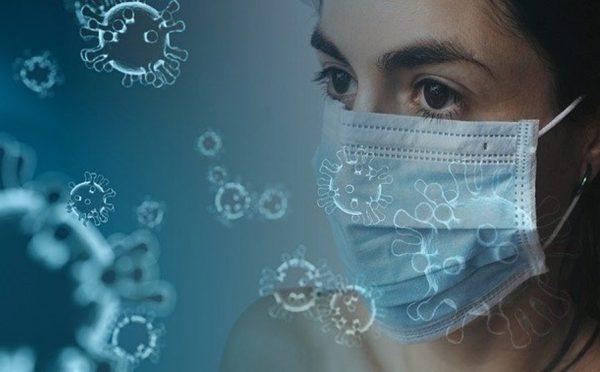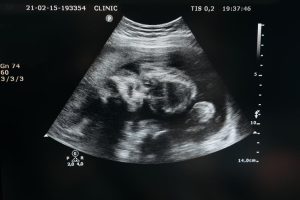
What to do if you have suspected or confirmed for COVID-19
The increased number of sick people and deaths in every part of the world making pandemic Covid notorious. People are reporting more positive cases than before. On social media and TV channels we hear and see experiences of those who tested positive and asymptomatic for the disease, those who tested positive, fell sick and recovered. However people want to know what actions they should take if the tested positive and asymptomatic, tested positive and feeling sick. Center for Disease Control -CDC as given specific information regarding Covid quarantine and isolation, what we should do in case we tested positive and feel sick. Here is what CDC has to say – Healthylife.werindia.com
If you test positive for COVID-19, or get sick after you are exposed to someone with COVID-19, you can help stop the spread of COVID-19 to others. Please follow the guidance below. (https://www.doh.wa.gov/Portals/1/Documents/1600/coronavirus/COVIDcasepositive.pdf )
- Common symptoms are fever, cough, and shortness of breath. Other symptoms may include chills, muscle pain, headache, sore throat, and new loss of taste or smell.
If you were exposed to someone who tested positive for COVID-19 and you have these symptoms, you might have COVID-19. Contact your healthcare provider for a COVID-19 test.
Participate in a public health interview:
An interviewer from public health will contact you if you test positive for COVID-19, usually by phone. The interviewer will help you understand what to do next and what support is available. The interviewer will ask for the names and contact information of people you have had close contact with recently. They ask for this information so they can notify people who may have been exposed. The interviewer will not share your name with your close contacts.
Stay home except to get medical care
You should stay home except to get medical care. Do not go to work, school, or public areas. Avoid using public transportation, ride-sharing, or taxis. Ask friends or family members to do your shopping or use a grocery delivery service.
Call before you go to the doctor
- Tell your health care provider you have COVID-19, or are being evaluated for COVID-19. Put on a face covering before you enter the building. These steps will help keep people in the office or waiting room from getting sick.
- Isolate yourself from people and animals in your home
People: As much as possible, stay in a specific room away from other people and use a separate bathroom if available.
Animals: Limit contact with pets and other animals. If possible, have a member of your household care for them. If you must care for an animal, wear a face covering and wash your hands before and after you interact with them.
How long should I isolate myself?
1. If you have confirmed or suspected COVID-19 and have symptoms, you can stop your home isolation
when:
- You’ve been fever-free for at least 24 hours without the use of fever-reducing medication AND
- Your symptoms have gotten better, AND
- At least 10 days have gone by since your symptoms first appeared.
2. If you tested positive for COVID-19, but have not had any symptoms, you can stop your home isolation
when:
- At least 10 days have gone by since the date of your first positive COVID-19 test, AND
- You have not gotten sick with COVID-19
Prevent the spread of COVID-19
- Wear a cloth face covering when you are around people or pets and before you enter a healthcare provider’s office. If you are not able to wear a face covering, people in your household should not be in the same room, or they should wear a face covering if they enter your room.
- Clean your hands often. Wash hands with soap and water for at least 20 seconds. If soap and water are not available, use an alcohol-based hand sanitizer that contains at least 60% alcohol. Do not touch your face with unwashed hands.
- Cover your coughs and sneezes. Throw used tissues away and wash your hands.
- Clean “high-touch” surfaces every day, like counters, tabletops, doorknobs, bathroom fixtures, toilets, phones, keyboards, tablets, and bedside tables. Use a household cleaning spray or wipe, and follow the directions on the label.
- Don’t share personal items with anyone, including dishes, drinking glasses, cups, eating utensils, towels, or bedding with people or pets in your home.
Monitor your symptoms
- Get medical help quickly if your symptoms get worse (if you have breathing trouble, etc.). If you have a medical emergency and need to call 911, tell the dispatcher that you have, or may have COVID-19. If possible, put on a face covering before emergency medical services arrive.
What’s the difference between isolation and quarantine?
Isolation is what you do if you have COVID-19 symptoms, or have tested positive. Isolation means you stay home and away from others (including household members) for the recommended period of time to avoid spreading illness.
Quarantine is what you do if you have been exposed to COVID-19. Quarantine means you stay home and away from others for the recommended period of time in case you are infected and are contagious. Quarantine becomes isolation if you later test positive for COVID-19 or develop symptoms.
Contact your local helpline to get more information. The risk of COVID-19 is not connected to race, ethnicity or nationality. Stigma will not help to fight the illness.
Share accurate information with others to keep rumors and misinformation from spreading.
Read more at: www.CDC.Gov, https://www.doh.wa.gov/
Image credit: Image by Tumisu from Pixabay (Free for commercial use)
Author: Sumana Rao | Posted on: July 28, 2020
« Achieving herd immunity for Covid-19 Must know Home Remedies During Quarantine And Lockdown »






















Write a comment